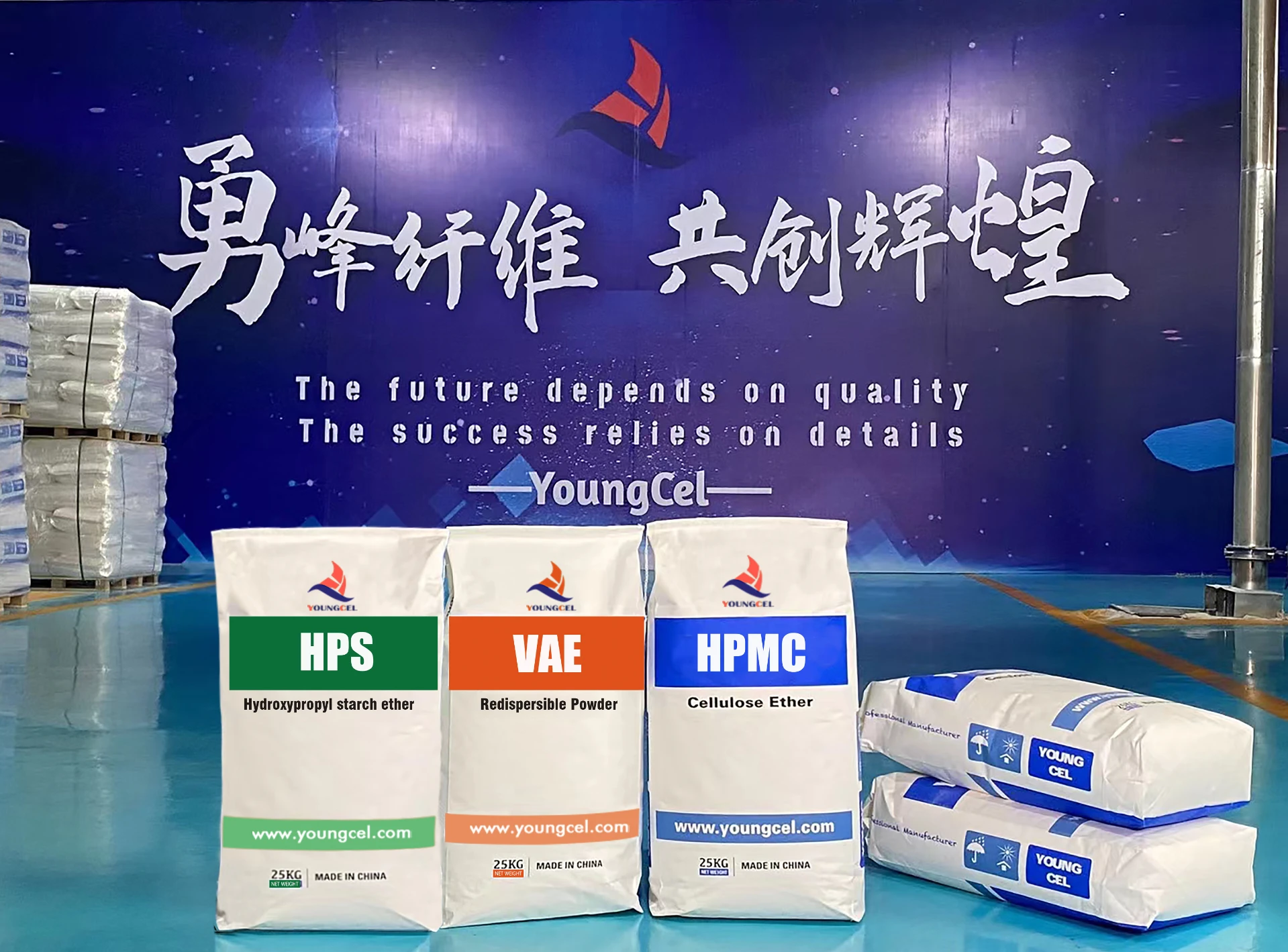The Significance of Cellulose Polymer in Modern Industries
Cellulose, a natural polymer derived from the cell walls of plants, is one of the most abundant organic compounds on Earth. As a key structural component of plant cells, cellulose provides rigidity and strength, playing a crucial role in maintaining the integrity of plant tissues. In recent decades, the industrial applications of cellulose have gained prominence, particularly in the form of cellulose polymers. These polymers have diverse uses across various fields, including food, pharmaceuticals, textiles, and renewable energy.
Cellulose Polymer Structure and Properties
Cellulose is a polysaccharide composed of long chains of glucose units linked by β(1→4) glycosidic bonds. This linear structure allows cellulose molecules to form strong hydrogen bonds with each other, resulting in a rigid crystalline structure. This unique combination of strength and flexibility is what makes cellulose an ideal candidate for various applications. When chemically modified, cellulose can be transformed into numerous derivatives, such as carboxymethyl cellulose (CMC), methyl cellulose (MC), and hydroxypropyl methylcellulose (HPMC), each tailored for specific uses.
Applications in the Food Industry
In the food industry, cellulose polymers serve as thickening agents, stabilizers, and emulsifiers. These additives enhance the texture and consistency of a wide range of food products, including sauces, ice creams, and baked goods. For example, CMC is widely used to improve the viscosity and shelf life of food items, providing a better mouthfeel while reducing the need for fat and sugar. Moreover, cellulose-based food additives are considered safe and can help meet dietary demands for healthier and gluten-free options.
Pharmaceutical and Cosmetic Uses
cellulose polymer

Cellulose polymers also play a vital role in the pharmaceutical industry. They are used as excipients in drug formulations, ensuring uniform distribution of active ingredients and controlling the release rate of the drug. Hydroxypropyl methylcellulose, for instance, is commonly used in tablet manufacturing and as a coating agent, improving the stability and bioavailability of drugs. In cosmetics, cellulose derivatives are employed in creams, lotions, and gels, providing texture and acting as film-forming agents to enhance the product's performance on the skin.
Textile Industry Innovations
In the textile industry, cellulose polymers are utilized to create fibers that exhibit superior properties. Regenerated cellulose fibers, such as rayon and Lyocell, are made from dissolving pulp and spinning it into filaments. These fibers are not only biodegradable but also possess excellent moisture-wicking abilities, making them ideal for activewear and sustainable fashion products. The advent of eco-friendly textile processing methods using cellulose has opened up new avenues for sustainable fashion, addressing the growing demand for environmentally conscious materials.
Renewable Energy and Biofuels
The quest for sustainable energy solutions has led researchers to explore cellulose as a potential source of biofuels. Cellulosic biomass, derived from agricultural residues, forestry waste, and dedicated energy crops, can be converted into bioethanol through enzymatic hydrolysis and fermentation processes. This approach not only helps in reducing reliance on fossil fuels but also contributes to waste reduction and carbon footprint mitigation. The use of cellulose in biofuel production represents a promising pathway towards achieving energy sustainability.
Conclusion
Cellulose polymers exemplify the versatility and potential of natural materials in modern industries. From enhancing food products to revolutionizing pharmaceuticals, textiles, and renewable energy, cellulose continues to demonstrate its significance in addressing contemporary challenges. As research and technology advance, the application of cellulose-derived materials is likely to expand further, fostering innovation while promoting sustainability. Embracing cellulose polymers may be a key strategy in creating a more sustainable future, benefiting both the environment and various sectors of the economy.




